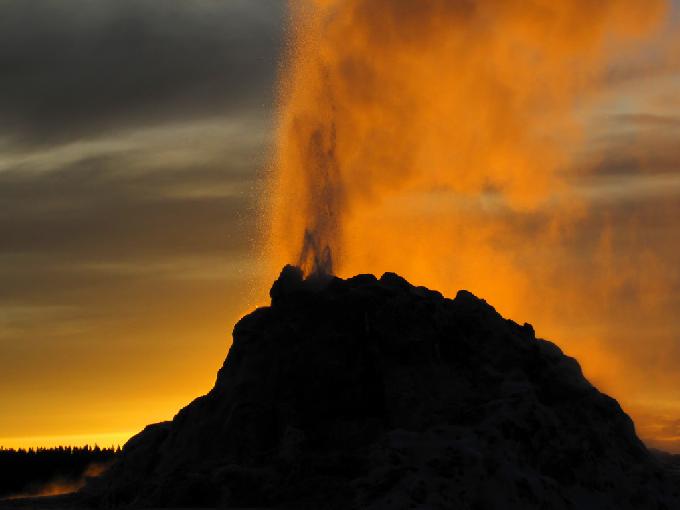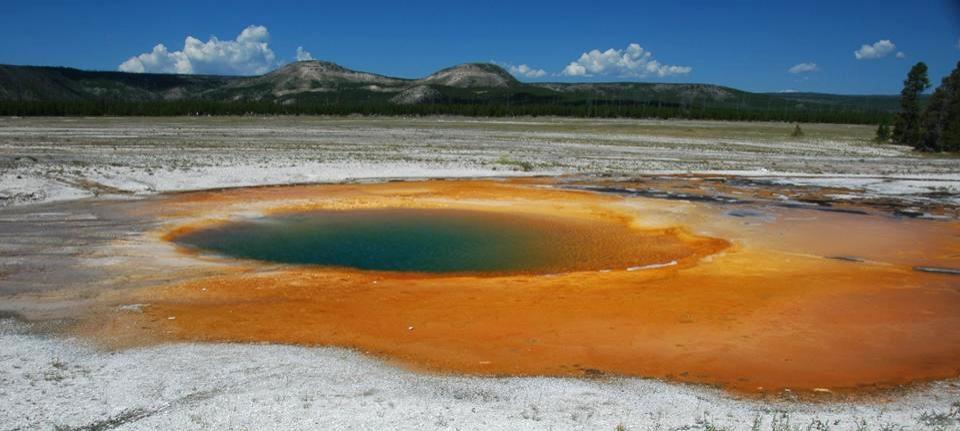A swarm of 200 earthquakes struck the supervolcano beneath Yellowstone National Park recently. The park is located primarily in Wyoming but extends into Montana and Idaho.
According to experts from the U.S. Geological Survey (USGS), the Yellowstone supervolcano has been shaken by these earthquakes since Feb. 8, accompanied by numerous smaller earthquakes that were too faint to accurately record.
With the largest earthquake hitting a 2.9 on the Richter scale, all of the tremors were reported at about five miles below the Earth’s surface.
The situation sounds frightening, as this supervolcano is capable of covering much of the United States under a thick blanket of lava and ash, damaging buildings, smothering crops, and shutting down power plants. It could be a huge disaster.
Despite the possibility of horrific consequences, scientists do not believe there is any reason to worry
USGS scientists explained that swarms of earthquakes like these are normal. They wrote, “The current and past earthquake swarms reflect the geology of the region, which contains numerous faults, as well as fluids that are constantly in motion beneath the surface. This combination of existing faults and fluid migration, plus the fact that the region is probably still ‘feeling’ the stress effects of the 1959 earthquake, contribute to making this area a hotbed of seismicity and swarm activity.”

Photo by James St. John / CC BY 2.0






